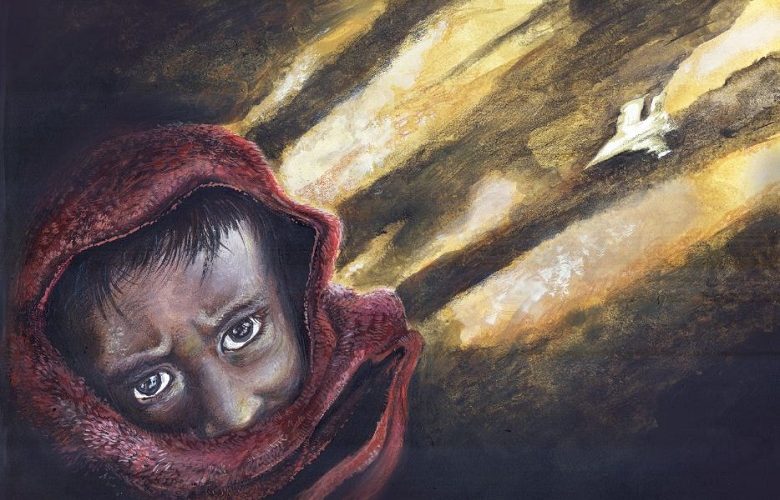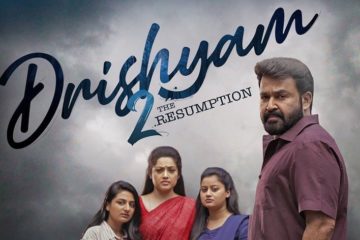Written by : Jayanta Chakrabarty
Illustration- Arghya Manna
On 17th December 2010, at 11:30 am, Mohamed Bouazizi, a 26 years old street vendor, set himself on fire in front of the governor’s office in Sidi Bouzid, a small town in Tunisia, to protest against the confiscation of his cart and the harassment and humiliation inflicted on him by a corrupt municipal officer and her aides.
Outraged by the events that led to Bouazizi’s self-immolation, protests began in SidiBouzid within hours. The protest gained momentum in next two weeks, spreading all over the country with the slogan “Work, bread and national dignity”, this in a country which had about 95% youth literacy rate and more than 30% employment rate among this particular section of the population. The dictatorial regime of Zine Abidine Ben Ali, used force to quieten the unrest, which instead, fuelled a violent and deadly movement. The social media platform like Facebook and Twitter worked as the source of alternative information against the government-controlled media. The anger and violence became so intense that President Ben Ali fled Tunisia with his family on 14 January 2011. His regime of 23 years came to an abrupt end. Tunisia, which was a part of the French colonisation of North Africa, gained independence in 1957. Since his accession to power in 1987, he enjoyed the support of successive French governments as he guaranteed the post-colonial French interests in Tunisia. Therefore, Ben Ali tried first to go to Paris, but the French government feared a heavy domestic backlash (public outcry) taking into account the presence of a large Tunisian Diaspora on its soil. Ben Ali was eventuallywelcomed into Saudi Arabia.
The change in Tunisia inflamed the age-old desire for democracy among the youth, all over the Arab countries, notably, Egypt, Algeria, Morocco, Libya, Yemen, Syria and Bahrain.
The Western powers under the disguise of the NATO tried to make the best of the turmoil and wipe out their enemies using the mood of public unrest.
In Egypt, the ousting of Hosni Mubarak from his 31 years of rule took only 18 days
Heroes and A Tale of Migration – Part 1
Heroes and A Tale of Migration – Part 3
Heroes and A Tale of Migration – Part 4
The protests broke out in Benghazi, the second largest city in Libya, on 15 February 2011, provoking clashes with security forces, and the protests escalated into a rebellion, and the forces opposing Muammar Gaddafi established an interim National Transitional Council, thus beginning a full-scale civil war. After alleged aerial bombing in Tripoli over civilian protesters by Gaddafi’s loyalist forces, France, Germany, the United Kingdom and the United States proposed Resolution 1970 at Security Council meeting on 26 February. The defected Libyan ambassador to the United Nations, Abdur Rahman Mohamed Shalgam, persuaded China, India and Russia to support the initial resolution, freezing the assets of Gaddafi and his entourage, with restriction on travel, while the matter was referred to International Criminal Court for investigation. As the forces loyal to Gaddafi took back most of the country in its hold and arrived at the doorsteps of Benghazi, under the Resolution 1973, proposed by France, Lebanon and the United Kingdom, and on 17 March 2011, the Security Council a established a no-fly zone, while permanents members Russia and China, and temporary members, Brazil, Germany and India abstained from voting. This resolution led to a bombing campaign by NATO forces, with the then president of France, Nicolas Sarkozy as the leader. A rumour surfaced that the Libyan regime had donated 50 million euros during his presidential bid in 2007.
The rebel forces rejected the offer of ceasefire which came from the government, and with the help of NATO bombing campaign, took over the capital Tripoli on 24 August. Gaddafi went into hiding, and his loyalist forces kept fighting in different areas of the country. On 16 September, the National Transitional Council was recognized by the United Nations. Gaddafi was captured and killed on 20 October. But peace eluded Libya, a country of numerous tribes, with an immense reserve of petrol, and in the post Gaddafi period, the country found itself hostage in the hands of different armed groups having diverse interests and objectives, who rejected the authority of the National Council and refused to abide by its order to surrender arms. The Libyan civil war deepened and entered its second phase, total anarchy. Libya is the border of the mainland Europe. Between them there is only a stretch of sea, and there is an island called Lampedusa, which is part of Italy. Once one reaches there, he or she finds the gateway to Europe, the Dreamland, where one can attain a good life, can free himself or herself from the shackles of the poverty.
On the other hand, the Syrian civil war broke out in July 2011 and is still continuing, which has sent 5 million refugees outside Syria and created more than 6 million internally displaced persons.
While in Tunisia, unrest persisted, post-revolution governments struggled to improve living standards and tackle pervasive graft, leaving many citizens of Tunisia feeling as though their needs were still being ignored.
Along comes our current superhero, the Spiderman, Mamoudou Gassama, a young Malian of 18 years, crossing the sea on a ramshackle boat overcrowded with immigrants from different countries, to reach Europe in the winter at the beginning of 2014, a sea where thousands have died while attempting the crossing from a country like Libya where slave trade is in full swing.
To achieve Democracy, one has to pay. But, what does it really mean the Democracy in Western Society?





[…] Heroes and A Tale of Migration- Part 2 […]
[…] Heroes and A Tale of Migration- Part 2 […]